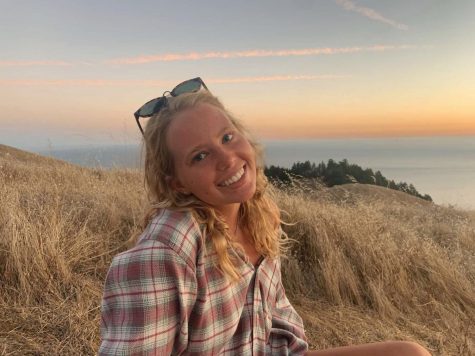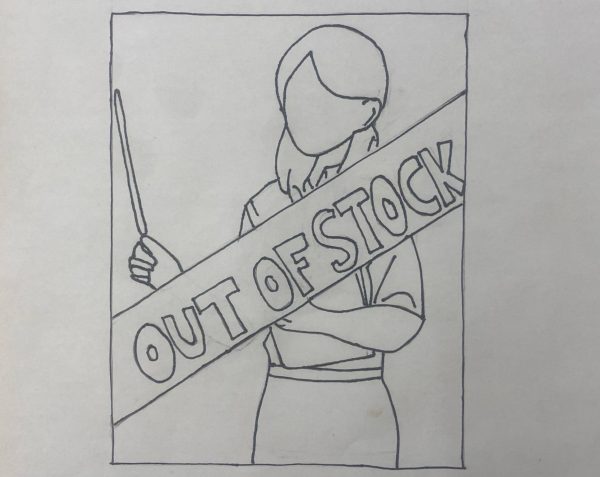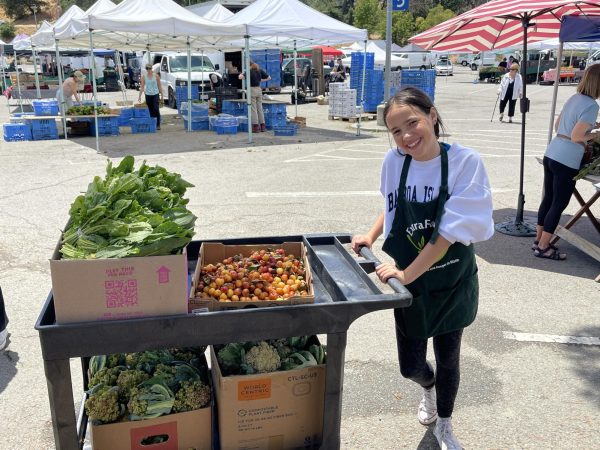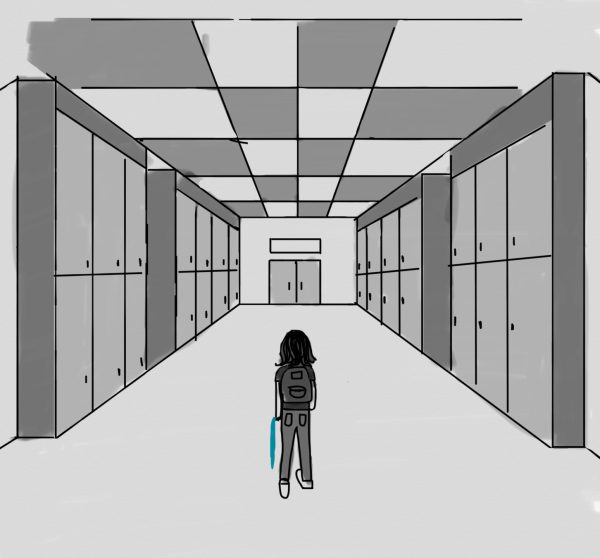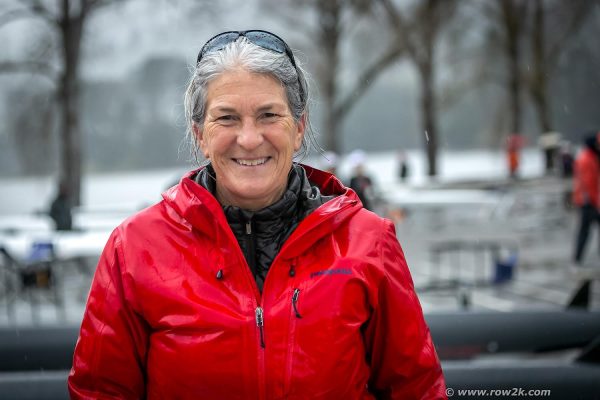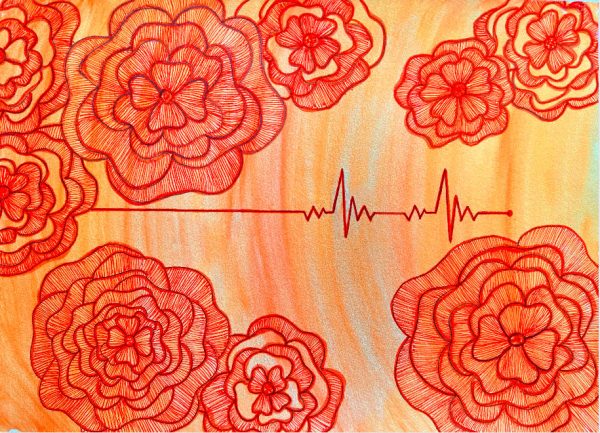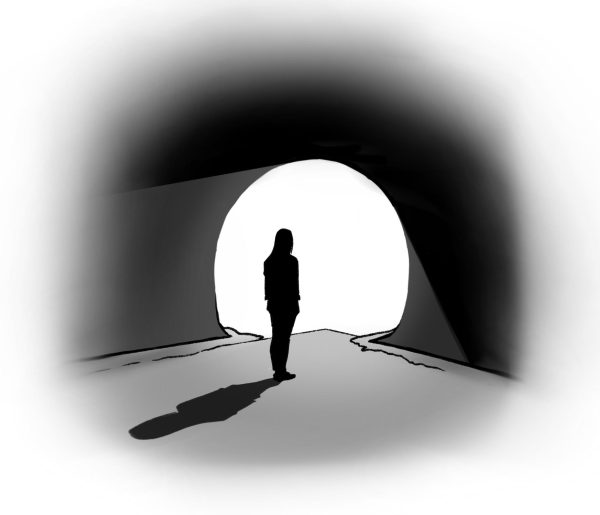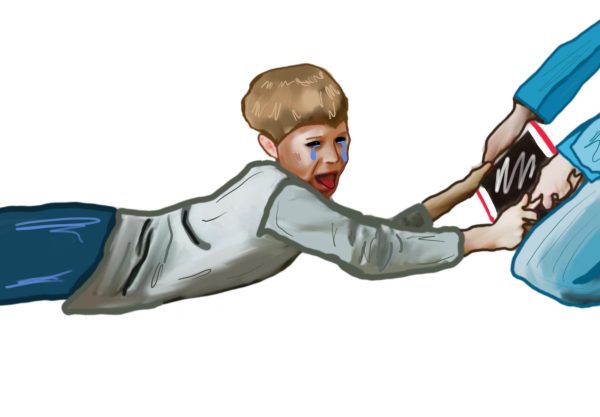AP 2-D Art and Design students reflect on importance of the Redwood art community
June 3, 2021
While May signifies an eagerly awaited beginning to a vaccinated summer, for many students it also means the start to a rigorous process: Advanced Placement (AP) exams. Even though these tests are dreaded across the country, not all are as bad as they seem on paper, or in this case, canvas.
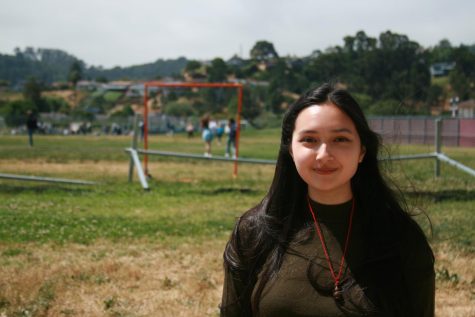
Student artists that are part of Redwood’s AP 2-D Art and Design class have been working for the past year on art pieces to send to the College Board; between 15 and 20 images related to a theme that an artist has been developing over the past year are needed to complete the requirements. Senior Rebecca Dawson is one of these few accomplished students who has been composing a portfolio constructed of paintings and drawings.
At the beginning of the school year, Dawson explored ancient Greek inspirations, including the use of mythological characters like Atlas, the story of a red giant, to hone her technique. As she continued constructing illustrations and paintings, she shifted her concentration to childhood naivety. She was inspired by her imagination as a kid and how her perspective surrounding fairytales has changed as she enters adulthood.
“When I was younger, my dad would tell me about these fairytales that have always been in the back of my mind. So, I’ve tried to recontextualize them to better fit my perspective now with my knowledge of the outside world and history,” Dawson said.
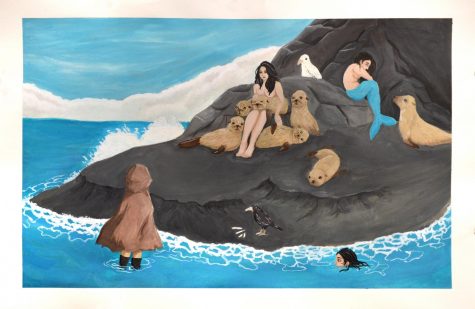
Dawson hopes to continue creating art for the rest of her life, in part due to the different lenses she learned to view art through in the Redwood art program.
“I’ve become more open-minded since freshman year, and art has made me realize that the world is so broad,” Dawson said. “If you look into each individual aspect of each individual artist, you will find that there is so much crazy drama in art that critiques and questions the world.”
According to AP Art teacher Lauren Bartone, being a part of this class takes an enormous amount of time and commitment. When preparing to assemble an AP portfolio, different kinds of skills are needed than conventional AP classes on science or literature. The need for students to possess advanced technical competence and the capability to translate those skills to a series of pieces makes the course unique.
“I’m not giving them a project, and they’re not following my directions. They have to come up with their own individual project where they have to formulate their own questions and think about how to best investigate them creatively without any structures or rules,” Bartone said.
However, not all students participate in the portfolio process both years. While senior Natalie Pemberton compiled a portfolio to send to the College Board last year, she decided this year to focus on artistic experimentation with more freedom without the stress and strict regulations the AP project requires.
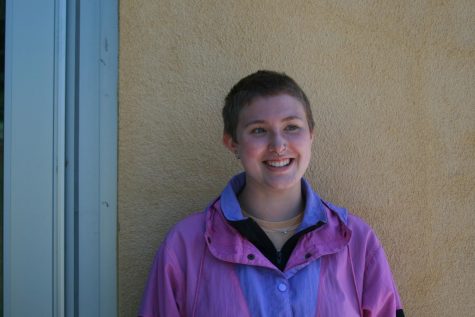
“During quarantine I was feeling really trapped and extremely unmotivated which had never really happened when it came to art, because I love it so much. I was stuck with creating the same thing. The great thing about this class is you can really experiment with different things you are passionate about and expand on them, which really helped me,” Pemberton said.
Over the past few weeks, Pemberton has delved into incorporating different techniques and themes within her art. One area she has been infatuated with recently is surrealism; she has created trash and clay sculptures and one detailed illustration of a lizard man.
AP Art is an essential part of the culture at Redwood as it incentivizes students to be themselves all while being in a class setting that is competitive and pushes artists to think critically about art. Dawson and Pemberton encourage other students to take this class if they enjoy art and want to advance their skills.
“Before I took this class, I went to shadow art classes, and I just fell in love with the way [Bartone] passionately talks about art. I was like, ‘I have to take this.’ I loved it and doing art every day for eight hours a day made me realize that it’s something that is so important to me. Art is so much more than a painting or illustration: it creates a message that everyone conceptualizes in different ways,” Pemberton said.

